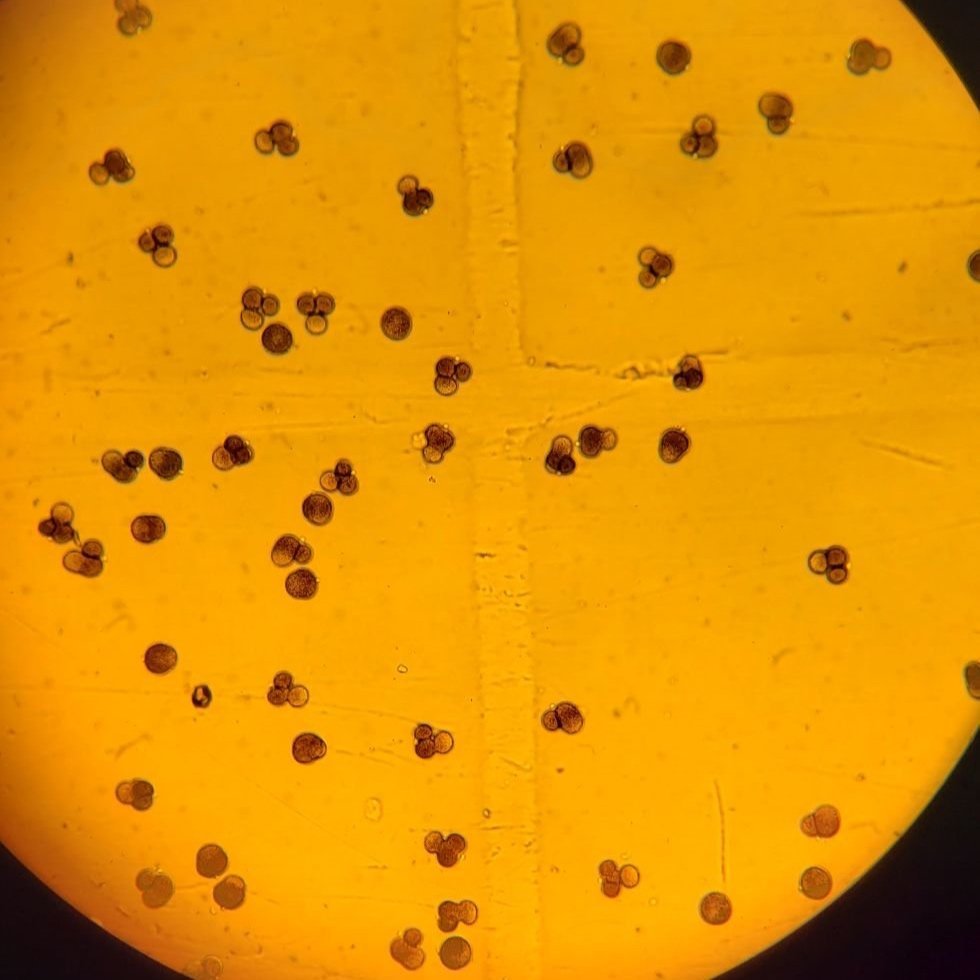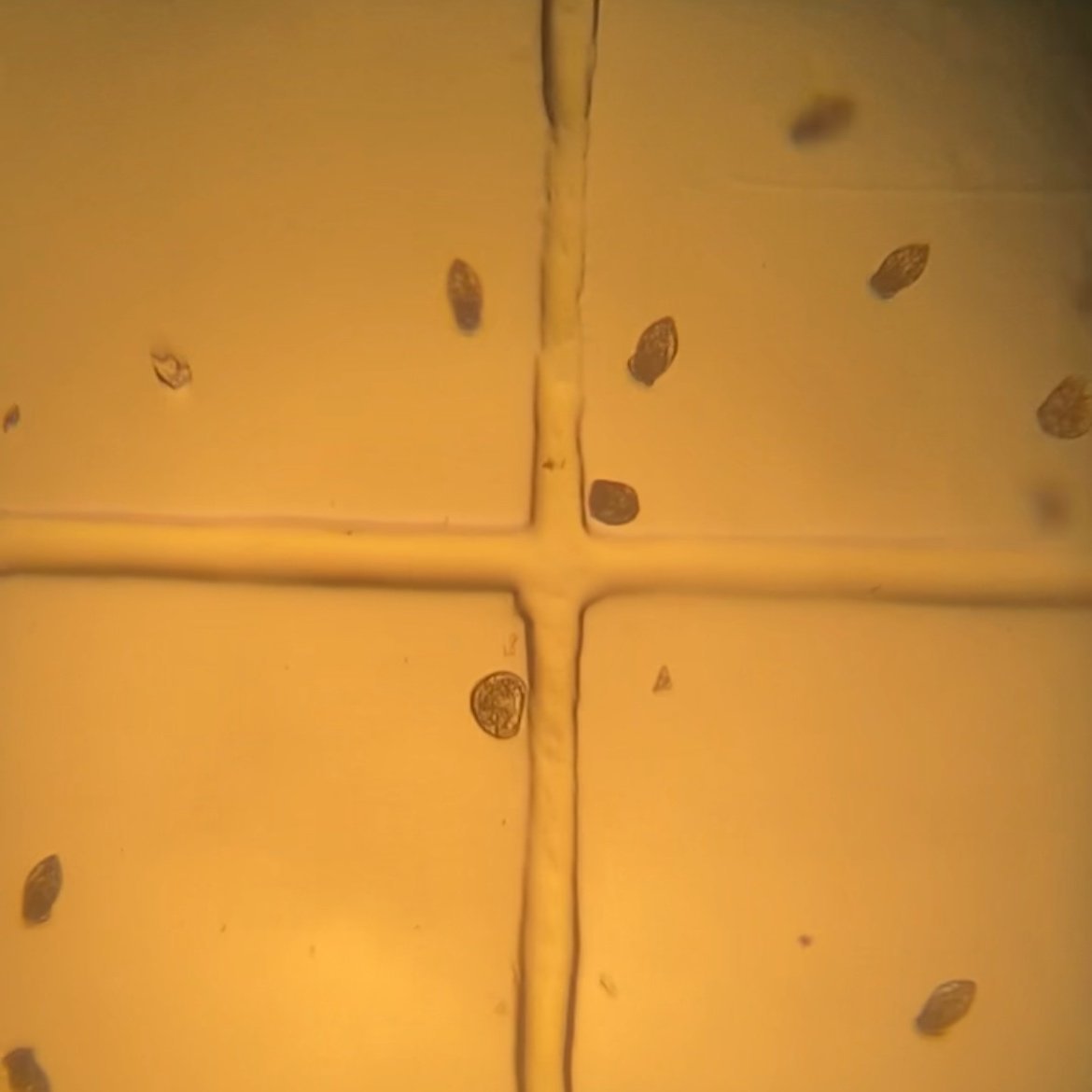Its Shellfish Spawning Season!
Its nearing the end of March and the hatchery is in full swing! Spawning season began this year around Valentine’s Day with an oyster spawn, followed up by last week’s clam spawn! From now until June, the hatchery will be busy spawning and raising both species of shellfish. While spawning naturally occurs in the spring and summer, shellfish in a hatchery setting can be conditioned to spawn much earlier.
Once a set of broodstock are fully conditioned (See our last aquaculture blog post to learn more about broodstock and conditioning), they are ready to spawn! On spawning day, the shellfish are taken out of their conditioning tank and lined up in rows in a spawning tank. The spawning tank is shallow and equipped with a thermometer, heater, and a small pump for circulation. When the shellfish are initially placed in the spawning tank, the water temperature is the same as the water temperature of their conditioning tank. Spawning is induced by alternately heating and cooling the water to mimic the natural spring currents and water temperatures. This can take several cycles and can require lots of patience!
Once spawning occurs, individuals are placed in their own container to continue to spawn. This allows for a controlled fertilization. It can be tricky to tell the difference between male and female shellfish! When a male shellfish spawns, it typically looks like smoke in water. When a female shellfish spawns, it typically looks like sand or sugar in the water and can have a “snow globe” look to it. Once the spawning event ends, the male and female gametes are mixed in a controlled ratio to ensure the highest survival rate. About 45 minutes after fertilization, you begin to see cell division! The new shellfish larvae are then placed into tanks and continue to develop overnight!
Here you can see the the growth progression of the clam larvae from last weeks spawn! Keep up with our baby shellfish as they continue to grow by following along here and on our social media!






